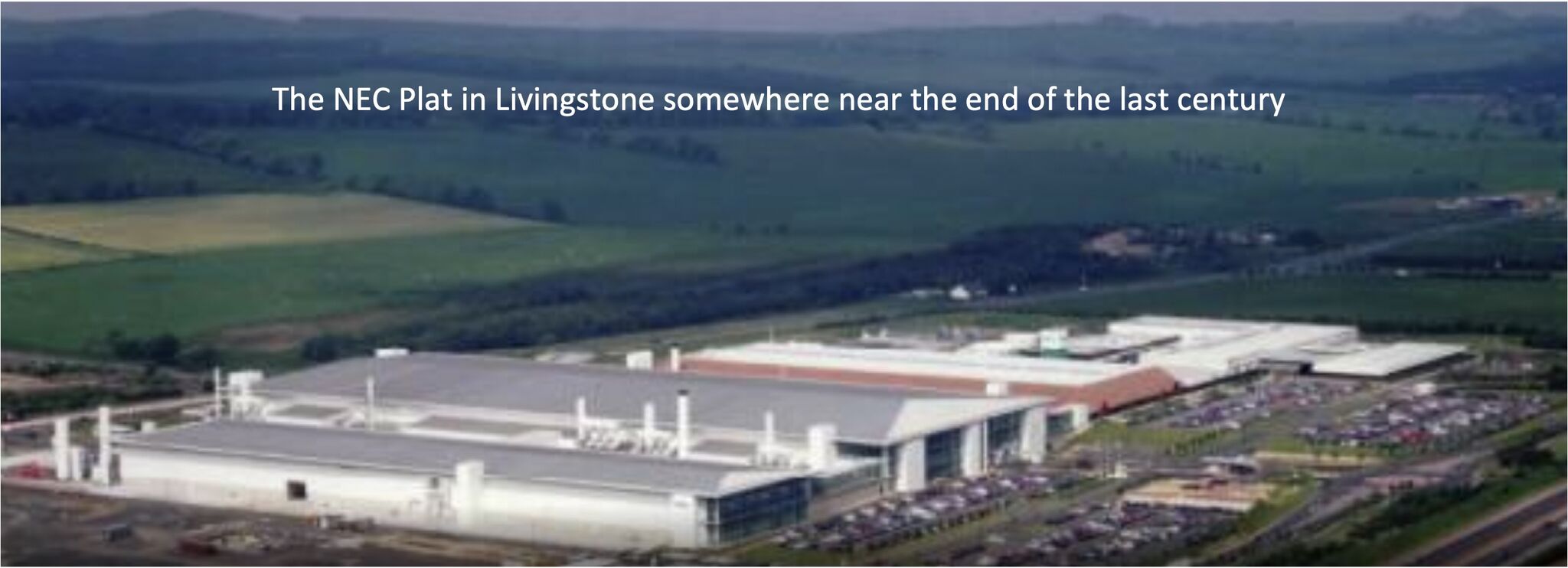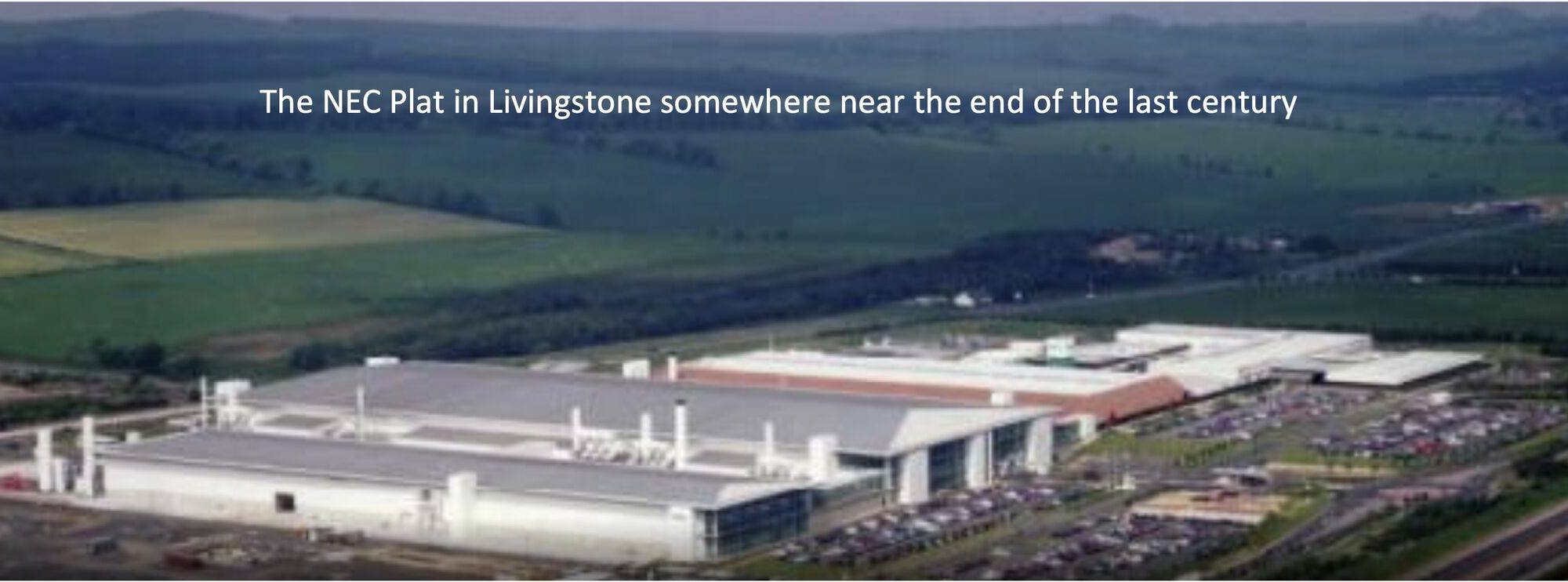
In 1991, I arrived in Glasgow to become a lecturer in Glasgow University, attracted by the Silicon Glen – the heart of semiconductor manufacturing in Europe. Here are few facts:
- The larges semiconductor plant in Europe at that time was the NEC DRAM manufacturing site in Livingstone. When I visited the plant, I was mesmerized by the robot cars carrying the wafer batches between the processing stations. The plant closed in 2001 at the time of the great semiconductor industry downturn.
- The first Motorola MOS plant was built in East Kilbride. I used to take students from my semiconductor course to visit. Usually in the parking you would see 6-7 Porsches. The Motorola guys were testing their Porsche chip sets on the cars and all Motorola managers were driving Porsches. The plant closed in 2003 also due to the semiconductor downturn.
- The National Semiconductor plant in Greenock was pioneering the bipolar and BiCMOS technology. It is the longest standing semiconductor manufacturing plant in Scotland – from 1971 until now. After a sale to Texas Instruments the plant now has new owners – Diodes securing 300 jobs.
- Perhaps the most sustainable small scale semiconductor operation in Scotland is Semefab. Founded in 1986 it is still going, offering foundry services for MEMS, CMOS, Opto-CMOS, Linear IC, BiCMOS, ASIC and Discrete Semiconductor device technologies.
Although not exactly semiconductor manufacturing, I would like to mention the IBM electronic manufacturing site in Spango Valley Greenock which had over 5000 staff at its peak. Combined with National this was almost 8000 staff in Greenock.
The Alba Centre in Livingstone established in 2000 around the idea of CMOS IP development in Scotland with Cadence in its heart was the Swan Song of the Silicon Glen. As a Head of the Department of Electronics and Electrical Engineering at Glasgow University at that time I was involved in the delivery of an MSc course in chip design for the 2000 future employees of Cadence who never came.
The hard lesson is that due to the semiconductor market turbulence inward investments from the big multinationals cannot sustain semiconductor expertise and manufacturing in our country. If a certain level of the vital advanced semiconductor manufacturing is to be resurrected in the UK perhaps the government need to think about a new model. However, these days creating advanced semiconductor manufacturing from scratch is only possible in countries with waste resources like China. For the UK will be very important to join forces with Europe and US in this area to remain competitive.
Share this post via:








Quantum Computing Technologies and Challenges